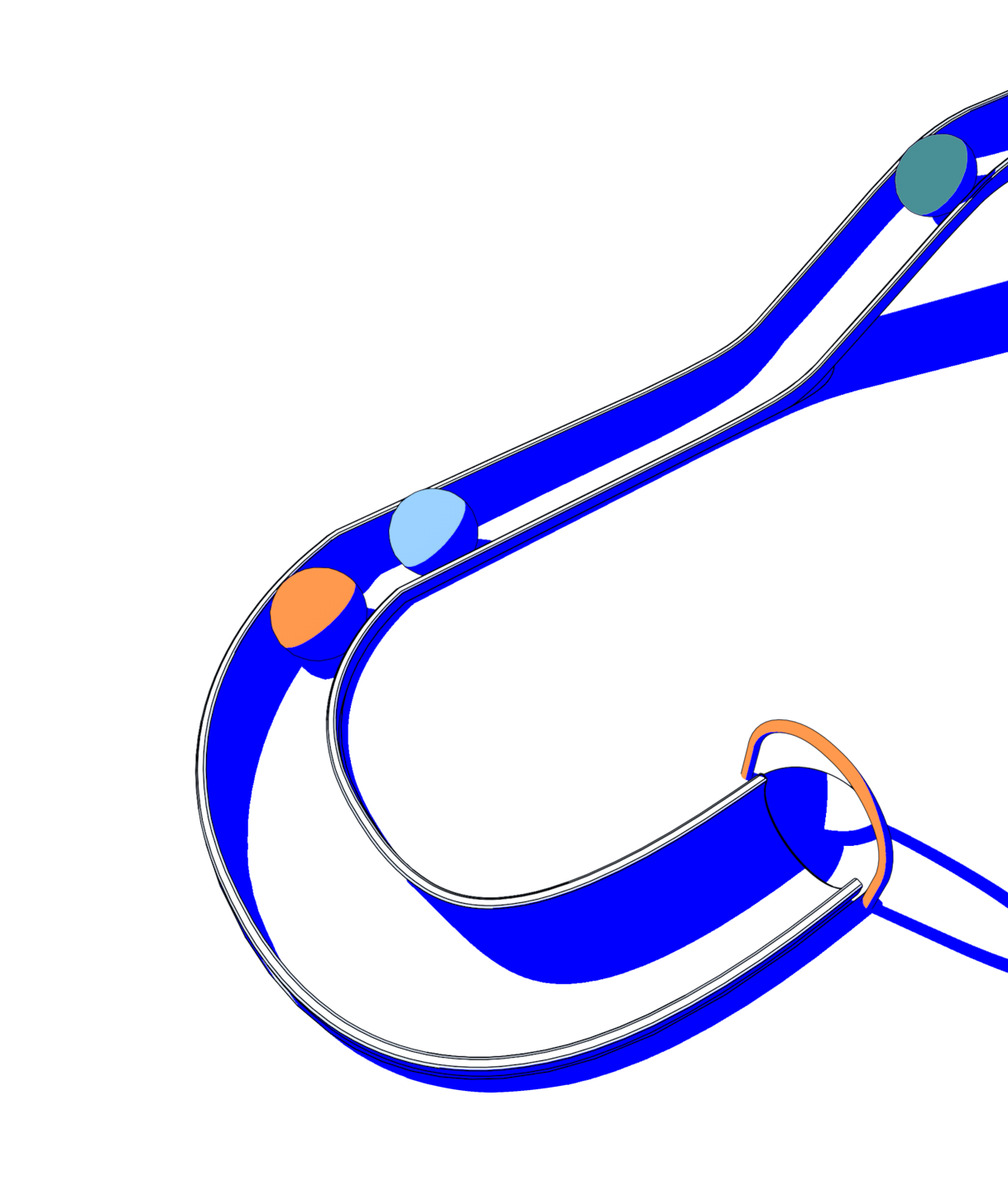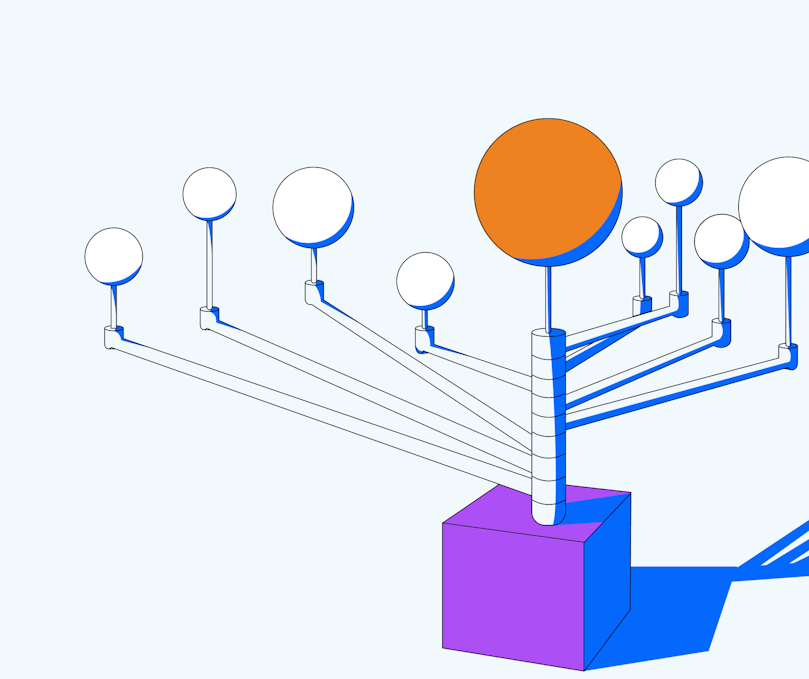I confess: I wasn’t always a product manager who understood the value or impact of user research. I started my PM career working in smaller startups that hadn’t invested in research teams. I had great mentors who cared about getting out and talking to users, but we were making it up as we went along and didn’t know what we didn’t know.
In 2013, I joined Dropbox through an acquisition. I had been through the hypergrowth phase in a B2B company, but I had never worked on a consumer-scale product before. A few months in, I was asked to take over a project that had been struggling: making a major change to our file sharing model.
It seemed like an incredible opportunity. The executives who wanted to make the change were talented and accomplished. A brilliant colleague had put together an analysis of our log data that seemed to validate the idea. My reporting chain wanted it shipped yesterday and couldn’t understand why the project was stalled out. But when I spoke with folks working on the project in private, they told me that they didn’t feel confident in the idea. The more I learned, the more I couldn’t shake the feeling that the proposed change just felt wrong.
I was caught in a classic trap situation for an early/mid-career PM. I had a strong feeling that we were heading in the wrong direction, but I didn’t have the analytical toolkit to find the flaws in the data analysis nor the communication skills to credibly present my concerns to leadership without strong evidence to back them up. I wasted weeks and burned a lot of goodwill trying to figure out what to do.
Enter my rescue team. At this time, Dropbox was just beginning to establish a research practice, and I was fortunate enough to get to work with one of our first user experience (UX) researchers. She helped us take a step back and think about the problem in a different, better way: build a prototype and collect feedback from real users. Imagine that.
The resulting user insights spoke for themselves, and we were able to avoid shipping something that would have made Dropbox far less useful for millions of users. This was an important moment in my career. It was the first time I had worked with a talented UX researcher, and it opened my eyes to how powerful—and indispensable—the practice of research is in the product development lifecycle.
While I’ve been a huge proponent of research ever since, I’ve also experienced the struggles of incorporating research into the decision-making processes at the organizations I have led over the years.
In many cases, by the time the research was ready to share in a consumable format, the team had tested some concepts in production and had moved on to a new project.
Share
The biggest challenge I encountered was trying to integrate research into fast-moving product teams. Moderated interviews produced rich findings but took weeks or months of scheduling, completion, and analysis before they could impact the working teams. The first generation of unmoderated testing software produced hours of unstructured videos that still took significant time to parse through before research could weigh in. In many cases, by the time the research was ready to share in a consumable format, the team had tested some concepts in production and had moved on to a new project.
And that was the best-case scenario. Even in well-funded, sharp tech companies like Dropbox and Instacart, many teams struggled to get dedicated, consistent research support. Researchers often found themselves frustrated and undervalued, fielding numerous one-off requests for tests to validate design decisions when what they really wanted to be working on was deeper foundational work that could help drive long-term strategy.
Over the years, I was lucky to work with some of the most innovative research leaders, including, Christopher Nash, Jane Davis, and Prakriti Parijat, who were all willing to tackle these problems head-on with creative solutions around research operations and democratization. While I loved these partnerships, throughout my time at Dropbox and Instacart, I always felt like we were missing out on an opportunity to learn more from our users, and for those insights to help us bring the right product to market faster.
Enter Maze.
This is what I had been missing in my prior roles—the connection between the need for research along with the need for product organizations to move quickly.
Share
Last year, I was lucky to meet Maze’s CEO Jo for the first time and hear his vision for Maze: making products work for people by helping research move at the speed of product development. This is what I had been missing in my prior roles— the connection between the need for research along with the need for product organizations to move quickly. I was inspired by his vision for the next generation of research software, and impressed by what the team had already built.
I couldn’t be more excited for what’s ahead. Since joining Maze, I’ve been blown away by the passion of this team for the craft of product discovery, and the pace at which we’ve been able to build. In the past year, we have delivered live website testing, powerful AI capabilities to assist at every step of the research journey, new ways to recruit the right audience, and a brand new way to conduct moderated interviews, with so much more to come.
The team is growing rapidly, and we’re hiring for remote roles across the company. If you have thoughts about the space or are looking for your next role, I’d love to connect!




